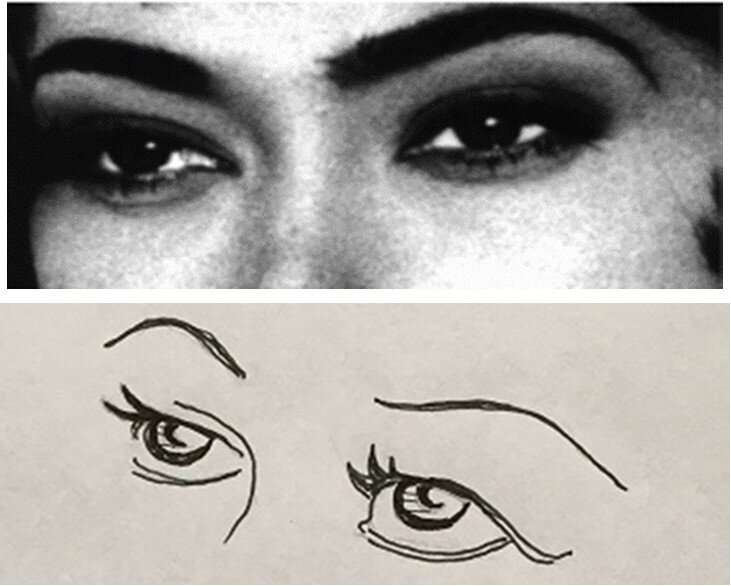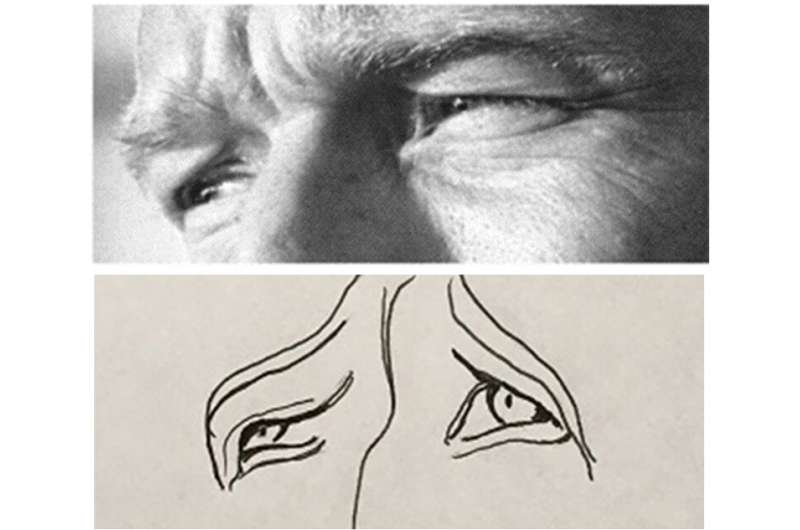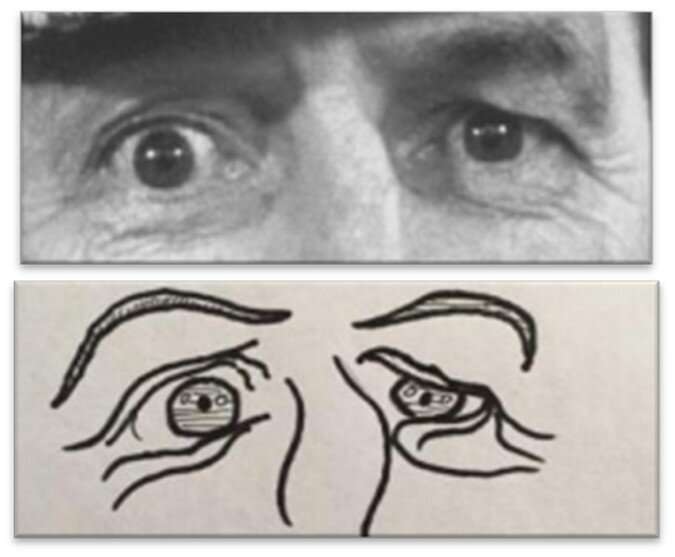New research shows that autistic people are better at reading emotions in cartoons

New research carried out by psychologists at Edge Hill University shows that contrary to popular belief, people with autism may actually be better than neurotypical people at reading emotions in some contexts.
Dr. Liam Cross and Dr. Gray Atherton conducted a study where people were shown pictures of real eyes expressing various emotions; participants then had to identify which emotion was being displayed. This test is known as the "Reading Mind in the Eyes Test." In addition, participants also took a cartoonized version where they had to interpret emotions from cartoon eyes.
When presented with cartoon eyes, people with autism were better at naming the emotions displayed.
Dr. Atherton said, "The results of our experiment were really surprising. Autistic people are often described as 'mind-blind' or having poorer socio-cognitive skills than neurotypicals. In our test, not only were autistic able to read emotions in cartoons, but they did it with better accuracy than neurotypical participants.

"The fact neurotypicals did worse than autistic people on cartoon eyes raises important questions. Research suggests that this could be an area of social-cognitive strength in autistic people who seem better at identifying with anthropomorphic and non-human agents like animals, robots, dolls or cartoons."
The overall implications for these findings support the view of socio-cognitive differences rather than deficits in autistic people.
This research also raises the possibility of new interventions that could help to improve human-to-human social interaction for people with autism.

Dr. Cross said, "Our research opens up a range of possibilities. If anthropomorphic eyes are easier to read for people with autism, then this could be used to help individuals respond similarly to real eyes.
"One idea we are exploring is using augmented reality to develop filters that can apply anthropomorphic faces over the top of real-life faces. Over time, the augmented reality can be stripped away, allowing the user to apply the same techniques to human faces."
It is the researchers' view that tests like these can capture the strengths inherent to neurodiverse conditions such as autism and help everyone to understand the contexts in which differences between autistic and neurotypical people are lessened.
The study is published online in Autism Research.
More information: Liam Cross et al, Autistic people outperform neurotypicals in a cartoon version of the Reading the Mind in the Eyes, Autism Research (2022). DOI: 10.1002/aur.2782




















